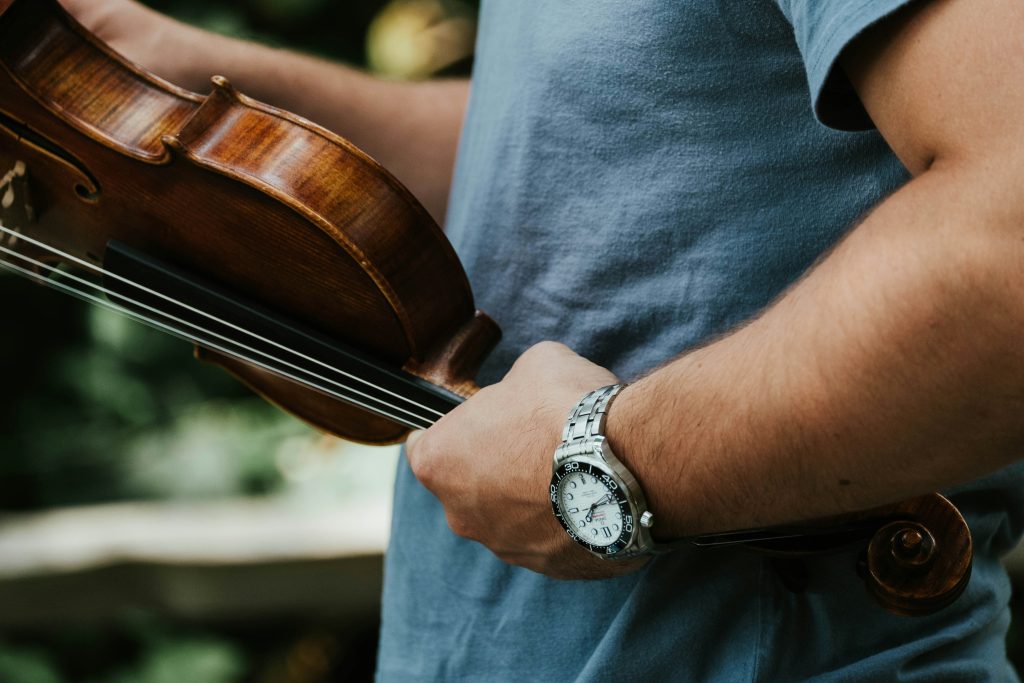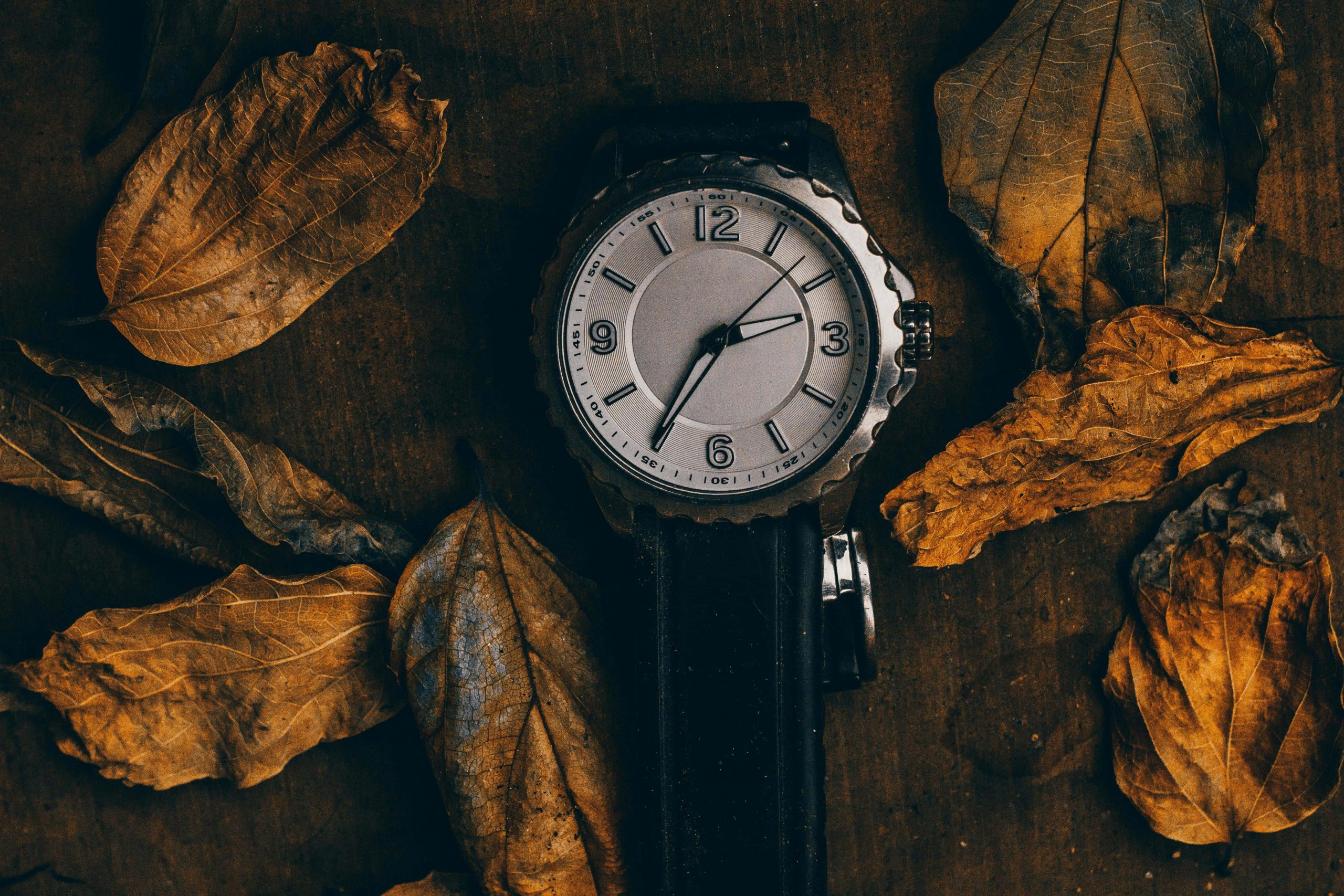
Iconic Figures Who Wore Classic Watches in 2025
The Enduring Appeal of Classic Watches
Classic watches have maintained their prestige across generations due to their elegant simplicity, masterful engineering, and timeless aesthetic. These timepieces are not defined by flashy trends or digital gimmicks but by characteristics that have stood the test of time: balanced design, legacy craftsmanship, and traditional mechanical or automatic movements. Brands such as Rolex, Patek Philippe, Omega, and Cartier have become synonymous with the classic watch ideal, crafting models that remain in demand for decades.
Owning a classic watch is a statement of taste and identity. For many, it is more than just a tool for timekeeping—it’s an heirloom, a personal artifact that reflects one’s values, achievements, and connection to history. The act of wearing a mechanical watch today is often seen as a deliberate celebration of tradition in a world moving increasingly toward disposability and digital wearables.
The Influence of Iconic Figures on Watch Culture
Public figures have long played a powerful role in shaping global watch trends. When a renowned personality consistently wears a specific watch, that model can become iconic in its own right. The Rolex Daytona became inseparably linked with actor and race car driver Paul Newman, whose own personal Daytona was auctioned for a record-breaking $17.8 million in 2017. Similarly, Steve McQueen’s use of the TAG Heuer Monaco in Le Mans helped elevate the square chronograph into legend.
From the film industry to space exploration, from global diplomacy to the arts, the watches worn by famous figures evoke not only admiration but also aspiration. They often symbolize the characteristics associated with their wearers—integrity, ambition, elegance, or creativity. These watches become part of a broader narrative, often gaining historical and sentimental value far beyond their technical specifications.
Introducing Pierre Gaston Styles
In today’s modern watchmaking scene, Pierre Gaston represents a boutique brand with a strong commitment to traditional horology and classic design principles. The brand emphasizes understated elegance, mechanical precision, and a heritage-inspired aesthetic that resonates with connoisseurs who value authenticity over hype.
Pierre Gaston’s timepieces are thoughtfully crafted, featuring clean dials, polished cases, and reliable automatic movements. While not yet a household name like the industry giants, the brand positions itself among discerning collectors as a modern-day standard-bearer for classic wristwatch design—bridging the past and present in style and performance.

Categories of Iconic Figures and Their Timepieces
Statesmen and Leaders
Political leaders and heads of state often opt for timepieces that symbolize authority, tradition, and subtle sophistication. These watches are typically conservative in design—prioritizing reliability and respectability over flamboyance.
One of the most famous examples is U.S. President Dwight D. Eisenhower, who wore a Rolex Datejust gifted to him by the company in 1951. Engraved with his initials and military rank, it marked Rolex’s 150,000th officially certified chronometer. Similarly, Winston Churchill famously carried a Breguet pocket watch, a gift from his grandfather, reflecting his appreciation for legacy and functionality.
More recent examples include Barack Obama, who wore a Jorg Gray 6500 Chronograph gifted by the Secret Service, and John F. Kennedy, whose Omega Ultra Thin dress watch was inscribed by Marilyn Monroe—blending history, mystery, and presidential style.
These timepieces reflect leadership qualities: reliability, tradition, and discretion—qualities that remain central to the classic watch image.
Hollywood Legends and Entertainers
Few industries have influenced watch culture more than Hollywood. Watches worn by movie stars and musicians often become symbols of fame, fashion, and charisma. In many cases, these individuals helped propel timepieces into pop culture status.
Paul Newman’s Rolex Daytona—with its contrasting dial and exotic markers—became one of the most coveted watches globally, not only because of its craftsmanship but due to Newman’s racing passion and celebrity status. The watch’s value increased immensely following his frequent appearances with it during the 1970s and 80s.
Steve McQueen, the “King of Cool,” cemented the TAG Heuer Monaco as a motorsport icon in the film Le Mans. Meanwhile, Elizabeth Taylor wore diamond-studded cocktail watches as part of her luxurious aesthetic, and Cary Grant was often seen wearing sleek dress watches like the Cartier Tank, reinforcing its image as a timeless classic.
For entertainers, a watch serves as both a fashion statement and a brand extension. Their choices tend to reflect character, elegance, and an aura of individuality.
Trailblazers and Adventurers
In extreme environments—whether mountaintops, oceans, or space—a watch is more than a fashion piece; it’s an essential tool. Watches worn by explorers and astronauts are designed to perform under pressure, and the figures who wear them have historically chosen durable, trustworthy instruments.
Sir Edmund Hillary and Tenzing Norgay carried Rolex Oyster Perpetual and Smiths Deluxe watches, respectively, when they summited Mount Everest in 1953. These watches proved their robustness in the harshest conditions. Similarly, Buzz Aldrin wore an Omega Speedmaster Professional on the moon in 1969 during NASA’s Apollo 11 mission (Neil Armstrong left his Speedmaster inside the lunar module as a backup).
Known as the “Moonwatch,” the Speedmaster is still the only watch flight-qualified by NASA for all manned space missions. These models—built for endurance—have become classic icons in horology not only for their design but for the history they helped shape.
Artists and Innovators
Creative minds have always gravitated toward watches that reflect their unique perspective and attention to detail. These individuals often choose models that are less about brand dominance and more about design harmony, legacy, and subtle craftsmanship.
Andy Warhol, the pop art pioneer, famously wore a Cartier Tank, though he admitted he didn’t wind it—he wore it purely for aesthetic appeal. Similarly, Pablo Picasso is believed to have worn a Jaeger-LeCoultre Triple Date Moonphase, a complex yet beautifully designed timepiece reflective of his artistic sensibilities.
Fashion visionary Yves Saint Laurent wore vintage dress watches that echoed the minimalist elegance of his designs. For innovators, a watch is a canvas of inspiration, often combining sophistication with quiet originality.

The Enduring Legacy of Classic Watches
Why These Watches Remain Relevant
Classic watches are built to last—not just in terms of mechanical endurance, but also cultural significance. Mechanical watches, unlike quartz or digital timepieces, are often designed to be serviced, repaired, and passed down, making them enduring symbols of permanence in a disposable world.
Their appeal lies in timeless design codes: symmetry, readability, and well-proportioned cases. These watches often avoid bold trend-driven choices, instead embracing universal elements that resonate with watch lovers across generations. A classic watch does not age—it matures.
Moreover, many collectors view classic watches as emotional investments. They hold sentimental value and frequently become part of family stories, carrying forward memories and legacy.
The Continued Fascination with Watches of Iconic Wearers
Watches associated with famous individuals frequently gain legendary status. The fascination lies not only in the watch itself but in the person who wore it and the context surrounding it. The watch becomes a historical object—a narrative frozen in time.
For instance, Paul Newman’s Rolex Daytona fetched $17.8 million at Phillips Auction in 2017, not solely due to its rarity, but because it was his personal watch. Steve McQueen’s Rolex Submariner sold for over $200,000 due to its provenance. Such examples show that a watch’s backstory often drives its value more than its materials.
Collectors and enthusiasts pursue these watches for the unique intersection of craftsmanship, culture, and celebrity. These timepieces are no longer just accessories—they are artifacts of modern history.
The Spirit of Pierre Gaston in Modern Watchmaking
Pierre Gaston’s watchmaking philosophy embraces the core elements that have defined classics for decades. Each model showcases understated beauty, traditional construction, and a focus on proportions and legibility. Inspired by mid-century design language, the brand favors sleek silhouettes and precision mechanics.
While operating on a more boutique scale, Pierre Gaston is carving out a niche for itself among lovers of vintage-style luxury. It revives old-world charm while integrating modern functionality, offering watches that resonate with those who seek more than brand recognition—they seek meaning, craftsmanship, and heritage.

Conclusion
Classic watches remain timeless not just because of their craftsmanship, but because of the cultural and personal stories they embody. Throughout history, iconic figures—from presidents and explorers to actors and artists—have elevated these timepieces beyond their functional roles, transforming them into symbols of character, taste, and legacy. Their choices continue to influence trends and inspire admiration. In this spirit, modern watchmakers like Pierre Gaston honor the traditions of horology while introducing refined styles for a new generation. As we move forward in 2025, classic watches continue to link the past, present, and future through enduring design and meaning.
Key Takeaways
- Classic watches remain timeless icons of elegance and heritage These timepieces are cherished for their refined design, mechanical precision, and symbolic permanence. They transcend fleeting trends and digital innovation, appealing to those who value enduring craftsmanship, legacy, and the quiet sophistication of traditional horology.
- Watches worn by iconic figures become cultural and historical landmarks When leaders, celebrities, and pioneers wear particular models, those watches often gain legendary status. Examples like Paul Newman’s Rolex Daytona or Buzz Aldrin’s Omega Speedmaster illustrate how a watch’s story and wearer can elevate it from a luxury item to a symbol of history, style, and influence.
- Pierre Gaston bridges classic watch values with modern boutique craftsmanship As a contemporary watchmaker, Pierre Gaston honors traditional aesthetics—favoring clean lines, reliable automatic movements, and heritage-inspired designs. The brand appeals to collectors seeking substance and storytelling over mass-market branding, positioning itself as a purveyor of meaningful timepieces.
- A watch can express identity, values, and legacy From statesmen like Eisenhower to visionaries like Warhol, watches serve as reflections of personal character—symbolizing leadership, artistry, resilience, or sophistication. Whether gifted, inherited, or deliberately chosen, a classic watch often becomes a personal emblem, passed through generations.
- Provenance and emotional significance often outweigh material value The backstory behind a watch—who wore it, when, and why—can dramatically increase its cultural and financial worth. Collectors are drawn not just to the brand or materials, but to the narratives embedded in each piece, making iconic watches prized heirlooms and artifacts of modern history.
FAQs
Why do classic watches continue to hold value in a digital age?
Classic watches retain their value due to timeless aesthetics, expert craftsmanship, and historical significance. Unlike digital wearables, they are often built to last, can be serviced over decades, and carry emotional or legacy-driven value—making them symbols of permanence, tradition, and personal style in a fast-paced world.
How do iconic figures influence the popularity of certain watch models?
When respected public figures wear specific watches, these timepieces gain symbolic meaning and often surge in popularity. Celebrities like Paul Newman and Steve McQueen helped transform their watches into cultural icons, tying horological history to personal legacy, fame, and stories that collectors deeply appreciate.
What sets Pierre Gaston watches apart from mainstream luxury brands?
Pierre Gaston stands out by focusing on heritage-inspired design, mechanical precision, and understated elegance. Unlike mass-market luxury brands, it appeals to connoisseurs who value classic aesthetics and authenticity over trend-driven features, blending vintage charm with modern reliability in a boutique watchmaking experience.
Journey into the heart of traditional horology as we explore the evolution and elegance of automatic watch movements. Featuring the fine engineering of Pierre Gaston watches, this article offers insights into what makes these mechanical marvels so enduringly captivating.




